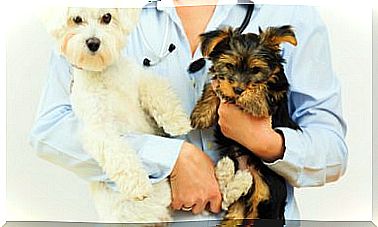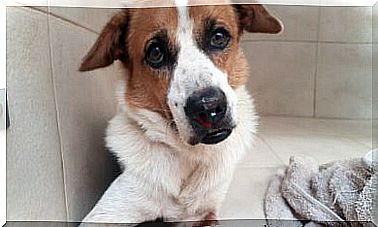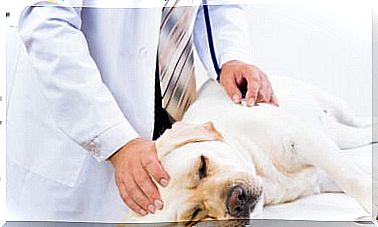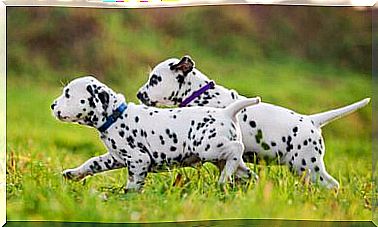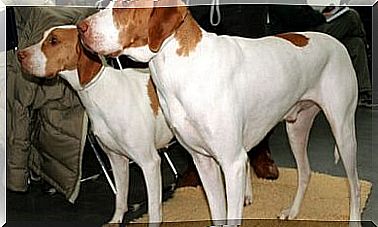Treats In Dog Training
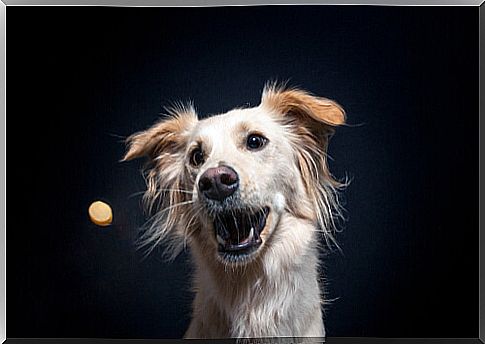
The dog training process is challenging, especially with boisterous, nervous, and distracted puppies. Thus, dog training requires patience and persistence on the part of the trainer along with knowledge and some useful tools. Dog treats are one of those tools.
Criteria that characterize positive training
- Reward for desired behavior: positive reinforcement.
- Voluntary behavior. The dog must not be forced, pushed, or lured to perform the behavior.
- Use of a conditioning enhancer (a clicker ). The point is that, after training, the dog identifies the sound with the well-being of the reward.
- Focus only on observable factors in the behavior and not what the dog might be thinking.
Use of treats in dog training
Treat rewards are incredibly helpful in training to keep your dog focused on you and the learning process. Despite thousands of years of domestication, the canine species is not naturally programmed to obey orders, in an expeditious manner. It will depend on each owner, by dedicating the time and the necessary perseverance, that the dog wants to respond.
Some owners may be concerned about the use of treats in dog training. Underlying the idea that the dog can become obsessed with treats and that his obedience depends on them.
For this reason, it is appropriate to learn the correct use of dog treats. This knowledge will result in actions to prevent bribery and unwanted weight gain.
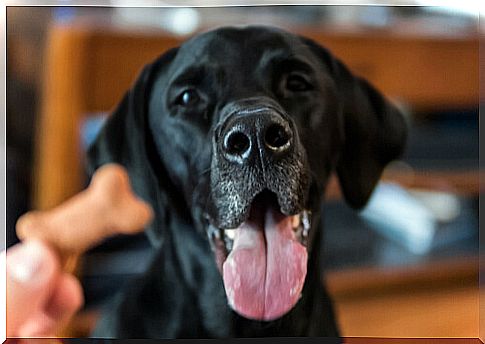
Why do treats work in dog training?
As disappointing as it may be, the reality is that dogs don’t obey us in order to make us happy. That is not enough of a reward for most dogs. The harsh truth is that they prefer to do what works for themselves.
In general, if the dog understands that his behavior leads to good things, he is more likely to repeat it. This is why treat gratification promotes regular canine work.
Other rewards may work in dog training
It should be noted that some dogs will work for praise, if they find it rewarding enough. Others will work for a play reward, but almost all dogs will work for food.
Keep in mind that food, in addition to meeting a primary need, is instinctively desired by the dog. Therefore, a treat is possibly the best reward for a job well done.
To avoid bribery, the key is to focus on employing yourself in reinforcing the desired behavior
This is the first recommendation for novice owners: treats should only be used as a reinforcing tool. That is, it should be used as the reward for a job well done.
On the other hand, in bribery something is offered for the dog to work. This is so knowing that you have refused to perform a behavior. In bribery, the reward is offered before, and then the order is followed.
While reinforcement ensures effective training and long-term good behavior, bribery results in short-term gains only.

How is a good treat for dog training
They should be small and easy to eat
It is very important for dog training that the treats are small and easy to swallow. Only in this way can the coaches’ precept in relation to the reward be fulfilled: “quickly, little and often”. Ideally, they should be the size of a pea.
Make them tasty
Obviously, if the dog does not like the treat, it is not a reward. Therefore, it is recommended to try different treats until you find the ones that work. Ideally, you should have more than two types of treats.
Commercial treats are very effective because they are designed to be very tasty. Some dogs may prefer a piece of fruit, vegetables, or a cookie over a piece of meat.
A special treat for an extraordinary reward
It is desirable to have a treat that is extraordinary, in cases where it is necessary or justified, to give something extra. This trick can be used if the dog is losing motivation or doing exceptionally good work.

